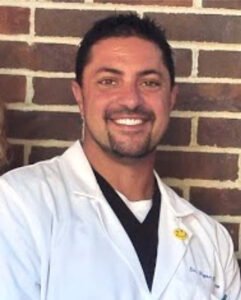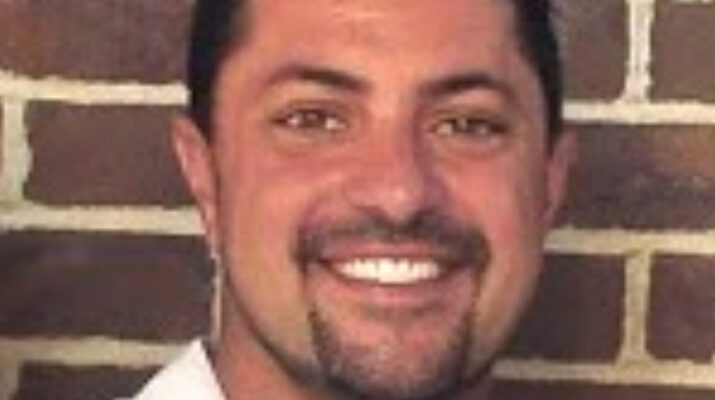By Deborah Jeanne Sergeant

If you want to pursue a medical career and enjoy hands-on patient care and a variety of delivery methods and possibilities of care venues, podiatry could be for you.
Podiatrists complete a four-year undergraduate degree, followed by four years of podiatry school and then a three- to four-year residency. After completing these, the licensed provider is able to practice.
“Podiatry is one of the few fields where patients walk in, get something for their treatment and most of the time walk out feeling better,” said Ryan D’Amico, podiatrist at Syracuse Podiatry in East Syracuse. “There was a visible aspect where people stand up and feel better already.”
He finds that very satisfying. D’Amico also likes the variety of podiatry, in that they can address issues that include creating orthotics, treating wounds, providing patient education about health habits that affect the feet and lower legs, administering injections, treating pain and addressing problems with surgery.
Podiatrists work in private practice, as part of a hospital system, for orthopedic practices and sometimes in settings such as long-term care facilities. They work with all ages, not only older adults.
“Pediatrics is one of our biggest referral sources,” D’Amico said. “I don’t think you could make a business out of pediatric podiatry, though. We have one with sports medicine. I like the dermatology aspects. Some are orthopedic. We care for nerves with podiatry. We can sub-specialize.”
He advises anyone interested in podiatry to shadow a podiatrist, which is what he did.
“Once you go to podiatry school, you’re into podiatry and that’s it,” he said. “You need to make sure this is what you want to do.”
The New York State Board for Podiatry requires 50 hours of continuing education every three years to maintain licensure. Some hospitals and other organizations have their own requirements for continuing education.
James Burruano, doctor of podiatric medicine at Neighborhood Health Center in Buffalo, likes that podiatry allows him to provide immediate improvement to patients, which isn’t often the case in medicine.
He also likes getting to know patients.
“That relationship is important,” he said. “Family medicine and podiatry have relationship building. That drew me to it. I’ve known some patients for 30 years and it’s very rewarding in that respect.”
The work-life balance also appeals to Burruano, as podiatrists are done at the end of the day.
“Over my 32 years of practice, I have rarely taken work home with me,” he said. “Having that separation of personal life and professional life is the key to all my years in practice; you’re not on call. That’s a true positive of being a podiatrist.”
He said that podiatrists have opportunities to specialize with the right training. Diabetic wound care, pediatric and ulcer care are a few examples.
Burruano foretells growth in the industry from a shortage of podiatry students and increased demand for their care.
“The US is having a hard time having enough podiatrists available,” he said. “On the other side, podiatrists are really being incorporated into larger practices and the solo practitioner is being phased out over the next 10 to 30 years. It’s the nature of medicine as the administrative costs are rising.”
The Bureau of Labor Statistics predicts that the demand for podiatrists in New York will grow by 12% between 2020 and 2030.
The aging baby boomer generation will continue to need more healthcare, including podiatry. The obesity epidemic also contributes to the demand for podiatry, as carrying excess weight negatively affects the health of the lower extremities and increases the risk for Type 2 diabetes.
The median annual income for a podiatrist in the Syracuse area is $127,150.

